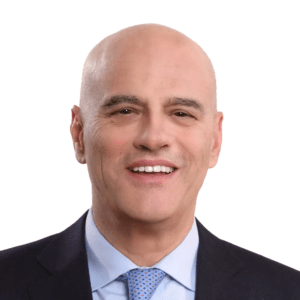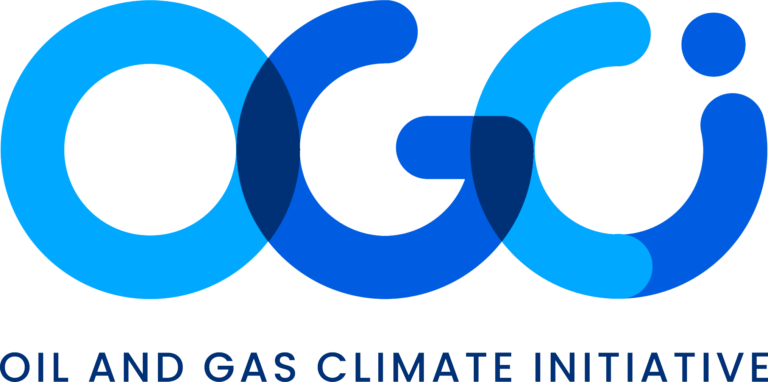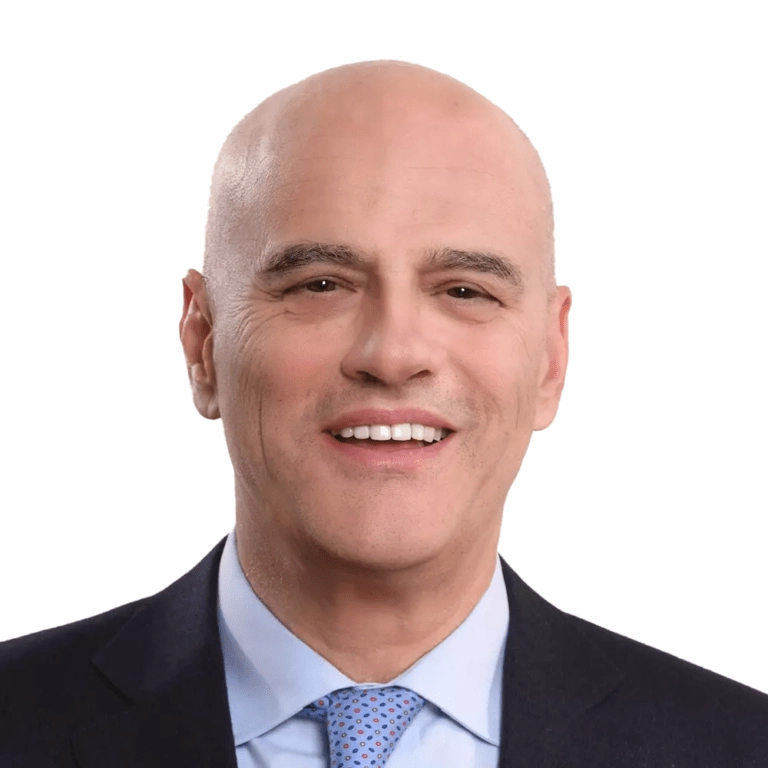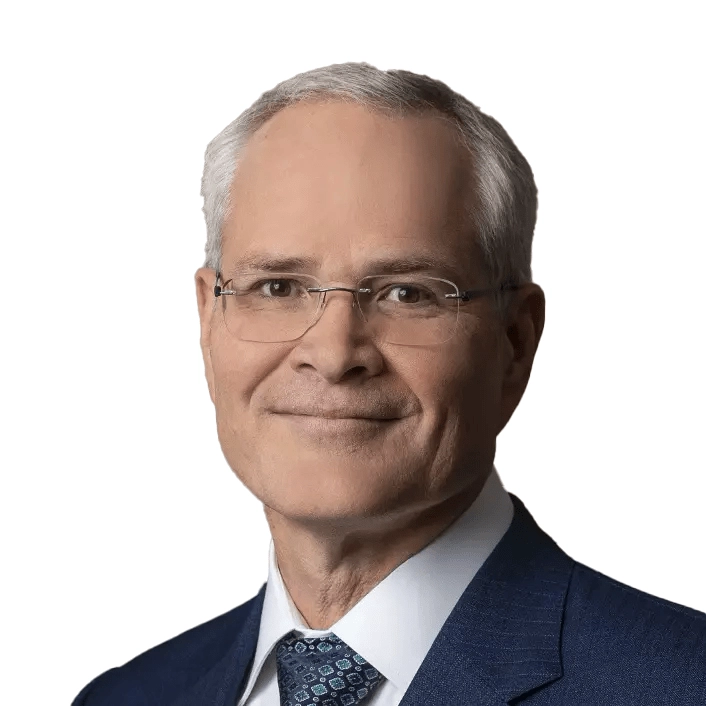This year marks 10 years since we launched OGCI – a unique CEO-led climate initiative – at the UN Climate Summit in New York, with the ambition to work together to tackle the climate challenge.
Working together has helped us to achieve emissions reductions faster than we would have been able to individually.
At a public roundtable at CERAWeek in Houston in March, we discussed how that CEO-level collaboration has helped our companies accelerate action and impact on methane, carbon capture, utilization and storage (CCUS) and other low-carbon technologies and solutions.
Our members were the first in the oil and gas industry to agree collective targets to reduce our operated upstream methane and carbon intensity.
That first upstream methane intensity target was achieved ahead of schedule. So we strengthened it and achieved that too.
Meeting that target has demonstrated what is achievable and set a standard for the industry to aim for.
Since 2017, our member companies have together reduced our total operated upstream methane emissions by 55% and cut greenhouse gas emissions from flaring upstream by 47%.1
Over the same period, we reduced the upstream carbon intensity of our operated oil and gas by 21%, putting us on track to meet our 2025 target.
At the same time, we have been laying the foundations for the future and for other companies to join our efforts.
Since 2017, our member companies have invested $95.8 billion in the low-carbon technologies and solutions that will be needed for the energy transition.2
This includes a record of $29.7 billion in 2023 – more than during any other year since the launch of OGCI.

BP CEO Murray Auchincloss and TotalEnergies CEO Patrick Pouyanné in Houston in March 2024.
Those dollars have been invested in renewables, biogas, biofuels, methanol and ammonia that could help reduce emissions from shipping, aviation, trucking and other sectors.
They have also been invested in developing the CCUS hubs that will help industries like steel, cement and chemicals reduce their emissions, as well as direct air capture (DAC) projects that will play an important role in reaching a net zero future.
Our member companies are helping to scale up over 40 CCUS hubs, some of which are already starting up. In September, Eni’s Ravenna CCS hub in Italy began injecting CO2. Later in the month, a joint venture between Equinor, Shell and TotalEnergies completed the Northern Lights facility in Norway, which is now ready to receive and store CO2.
More projects are set to start up next year, including Occidental’s commercial-scale STRATOS DAC project in Texas.
Some of the innovative technologies that certain energy-intensive sectors are using today – and will need in the future – have been seeded and grown by the $1.1 billion Climate Investment fund OGCI’s member companies launched in 2016.
To support and enable more oil producers and other sectors to reduce their emissions, we have shared what we learned over the past decade.

Occidental CEO Vicki Hollub and OGCI Chairman Bob Dudley in Houston, March 2024.
We have reached out to our own industry and beyond forging partnerships in other sectors, such as cement shipping and aviation.
And we have partnered with multilateral organizations, NGOs and academic institutions.
These dialogues have provided us with insights, advice, and guidance, helping us advance and broaden our impact, creating new opportunities for the future.
The upstream methane intensity target we set in 2018 and later strengthened is now widely used across industry and in legislation as a marker of best practice.3
And the Aiming for Zero Methane Emissions Initiative that we launched in 2022 has helped encourage companies and solutions providers to employ a zero tolerance approach to methane emissions.
To generate greater emissions reductions, we are intensifying our work to engage more of our industry and share with them knowledge and tools to reduce emissions.
This past year we stepped up our efforts to reach more of the national oil companies that are major producers of the world’s oil and gas.
In 2023-2024:
- We helped shape the Oil & Gas Decarbonization Charter (OGDC), an initiative launched at COP28. OGCI is the Secretariat of OGDC through March 2027.
- OGDC unites more than 50 companies producing over 40% of the world’s oil across 100 countries in an ambition to achieve near zero methane emissions by 2030 on a path to net zero operations within the Paris Agreement timeframe.
- Importantly, around two-thirds of these companies are national oil companies, some of which are among the largest companies in their countries and have significant regional influence.
- This year, we extended our flagship Satellite Monitoring Campaign (SMC) to reduce methane emissions to more operators and countries, including in Central Asia, North Africa and South America.
- The SMC has already enabled our partners and local operators in countries including Iraq, Algeria and Kazakhstan, to reduce their methane emissions.
- And we continued to reduce our own upstream methane emissions, flaring and carbon intensity again this year – as we have done every year since we started.
Our 12 companies have achieved more in a decade than we thought possible, demonstrating that when the industry comes together it can play a powerful role advancing a net zero future.
Going forward we will strengthen our dialogue with those stakeholders, including from emerging economies. And we will focus on removing barriers, such as technologies, policies, costs and business models, to help scale up low-carbon solutions.
Refining priorities could help deliver the gigatonne-level emissions reductions needed and demonstrate the value our industry can bring to the energy transition.
There is more to do, and we are excited about the opportunities ahead.

OGCI CEOs reflect on a decade of collaboration
Working together has enabled OGCI’s member companies to accelerate action on methane emissions, CCUS and other low-carbon technologies needed to achieve net zero, OGCI’s CEOs said at a roundtable at this year’s CERAWeek conference in Houston.
“We wanted to be a part of a group that thought differently. And, once we got inside the group, what we found is the passion behind the commitments and words.”
Vicki Hollub, President & Chief Executive Officer, Occidental

“Climate should be a collaboration between us all. And that’s the spirit of what we’ve done together and must continue for the benefit of all of our stakeholders.”
Patrick Pouyanné, Chairman of the Board & Chief Executive Officer, TotalEnergies

“We’re going to continue to find these innovative solutions that none of us could have imagined just a few years ago.”
Mike Wirth, Chairman of the Board & Chief Executive Officer, Chevron Corporation

“There is a lot of execution power in this group, and when we set the targets, you can see the progress from meeting to meeting as we move closer to achieving them.”
Anders Opedal, President & Chief Executive Officer, Equinor

“At times, we have challenged one another to do more than each of us independently thought was possible, and I think together we’ve made great progress.”
Darren Woods, Chairman & Chief Executive Officer, Exxon Mobil Corporation

“In these 10 years we have been able to work together, align ourselves and maintain focus. But also step outside our comfort zone to work together externally – which is not always easy.”
Claudio Descalzi, Chief Executive Officer, Eni

Murray Auchincloss, Chief Executive Officer, bp

“With satellites, aircraft, drones and ground sensors, detecting methane leaks will be unavoidable. We’ve contributed to enabling some of this progress and there’s no longer anywhere for methane to hide.”
Bob Dudley, Chairman, OGCI

“Partnerships are at their best when companies collaborate as well as challenge each other to drive progress in areas of mutual interest. OGCI’s leadership in methane emissions reduction is a case in point.”*
Wael Sawan, CEO, Shell

*The Shell CEO was not present at the roundtable
- OGCI Performance Data
- OGCI Performance Data. Low-carbon energy technologies include but are not limited to wind, solar and other renewable energies, carbon-efficient energy management, carbon capture, utilization and storage, blue and green hydrogen, biofuels, synfuels, energy storage and sustainable mobility. Total low-carbon investment includes investment, acquisitions and research and development.
- See Environmental Defense Fund’s 2022 White Paper on the Certification of Natural Gas with Low Methane Emissions and the US Inflation Reduction Act, which was signed into law in August 2022.



































